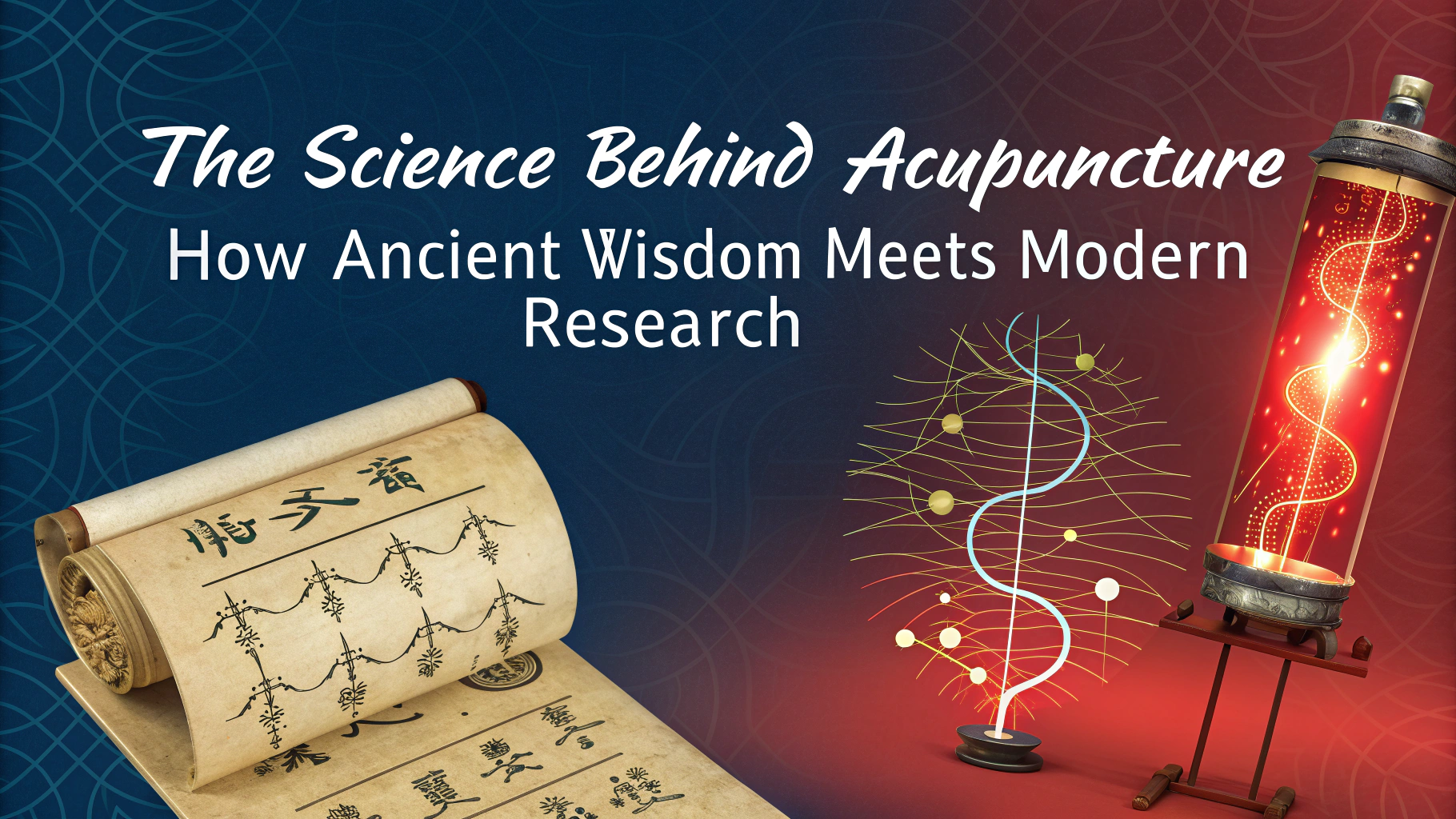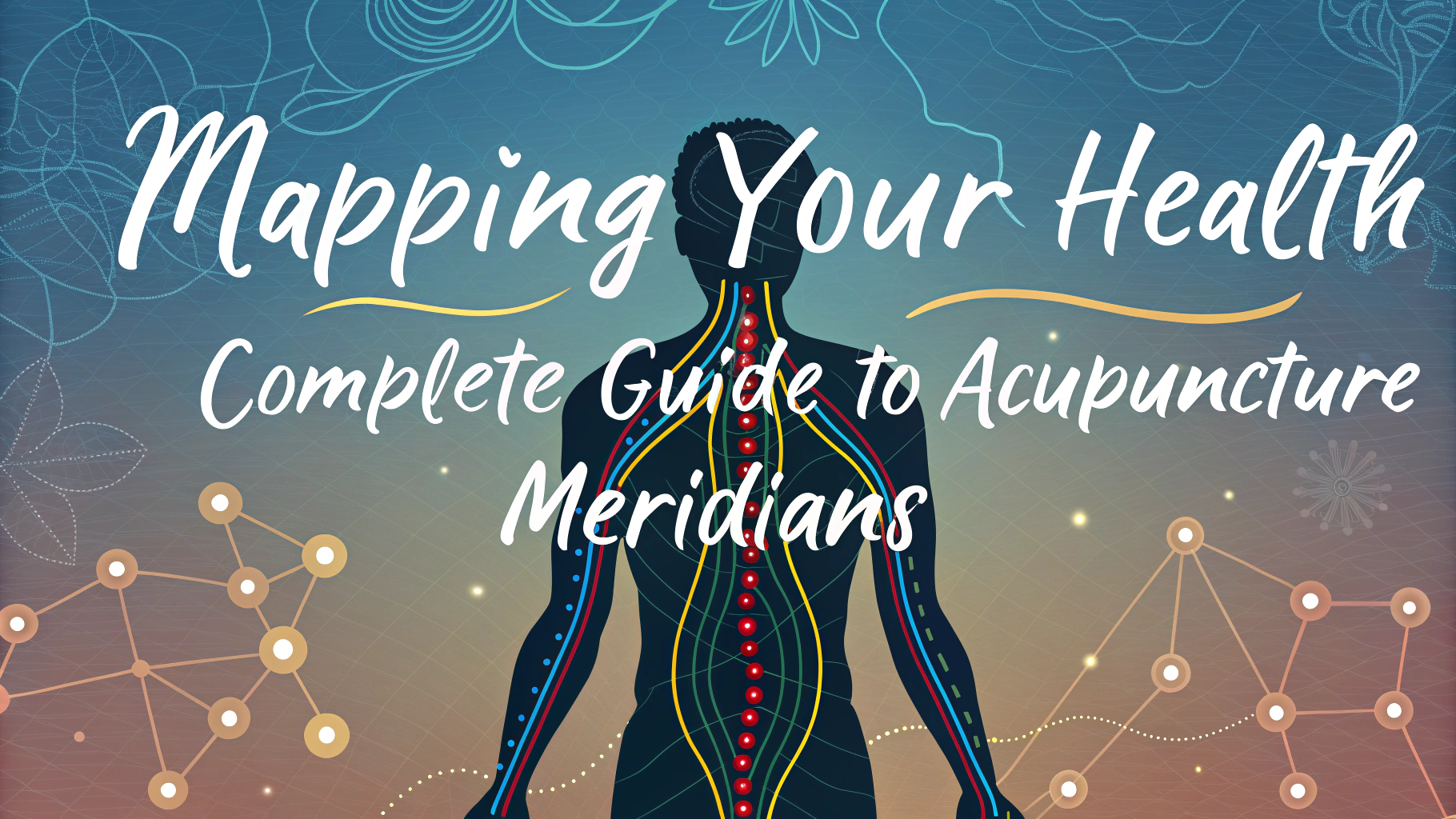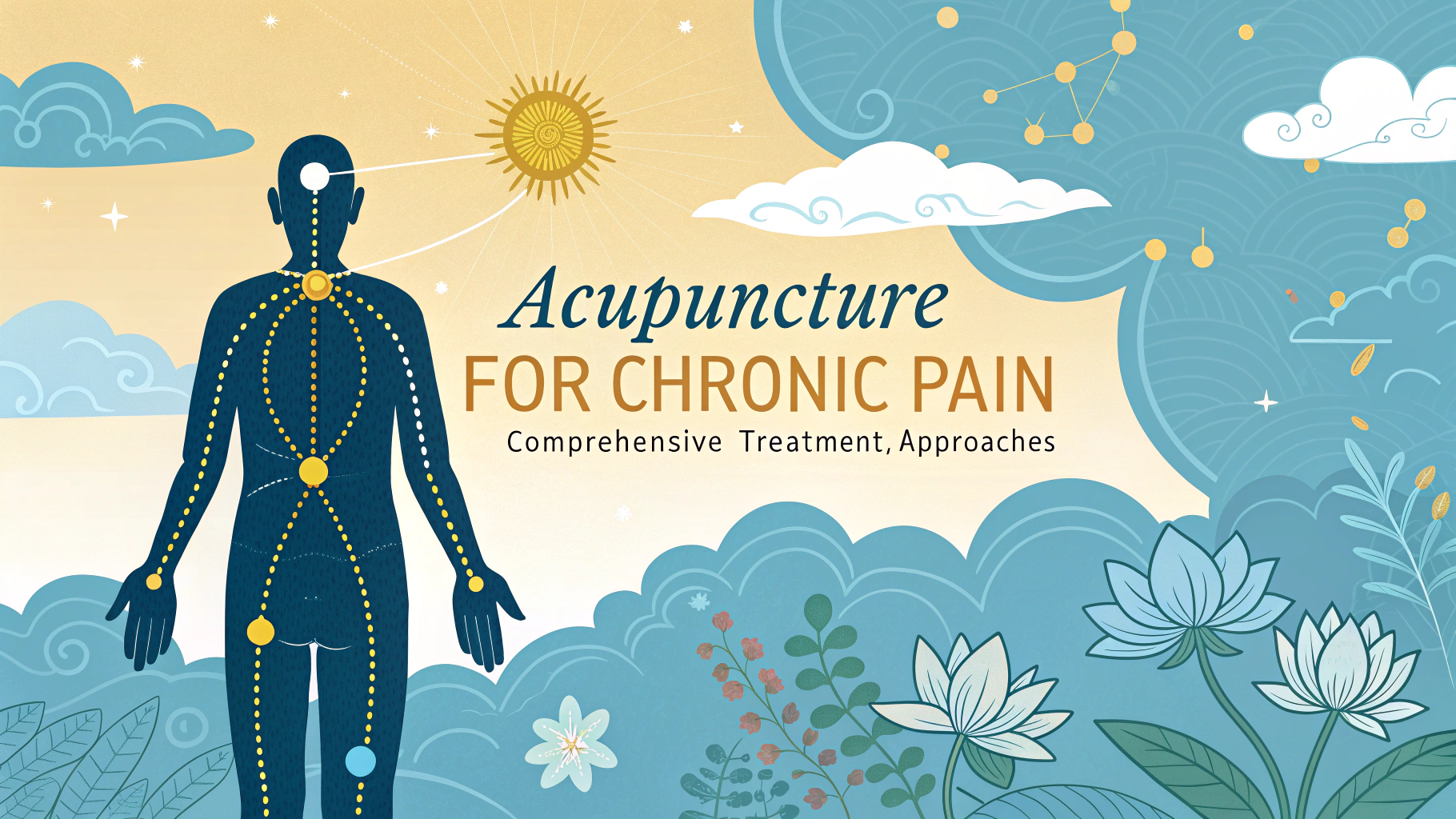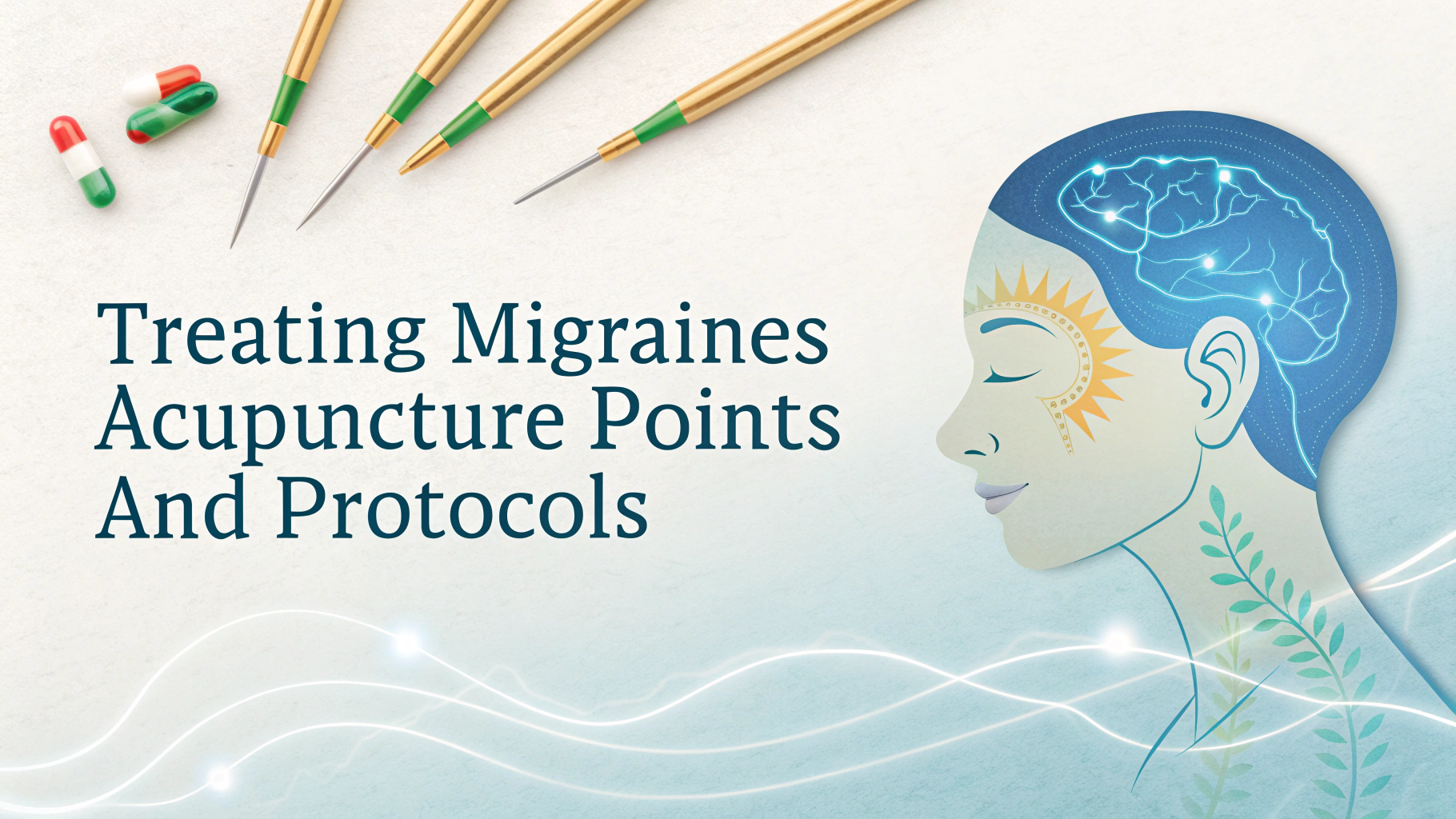Electroacupuncture combines ancient Chinese medicine principles with modern electrical stimulation to enhance traditional acupuncture treatments.
This specialized technique uses pairs of acupuncture needles connected to a device that generates continuous electrical pulses between them, creating a more potent therapeutic effect than manual acupuncture alone.
The controlled electrical currents allow practitioners to adjust the frequency and intensity of stimulation, offering customized treatment options for various conditions including chronic pain, neurological disorders, and musculoskeletal problems.
How Electroacupuncture Works
- Small clips attach to acupuncture needles
- Electric current passes between needle pairs
- Frequencies typically range from 2-100 Hz
- Sessions usually last 20-30 minutes
Key Benefits
Research shows electroacupuncture can effectively manage pain conditions like arthritis, sciatica, and post-operative discomfort.
The electrical stimulation helps trigger the release of endorphins and other natural pain-killing chemicals in the body.
Many patients report faster relief compared to traditional acupuncture, especially for muscle spasms and nerve pain.
Common Treatment Areas
- Lower back pain
- Neck and shoulder tension
- Knee osteoarthritis
- Sports injuries
- Neurological conditions
Safety Considerations
Not recommended for patients with:
- Pacemakers or other electrical implants
- Seizure disorders
- Pregnancy (certain points)
- Heart conditions
Finding a Qualified Provider
Look for practitioners certified by the National Certification Commission for Acupuncture and Oriental Medicine (NCCAOM).
| Certification Type | Requirements |
|---|---|
| NCCAOM Diplomate | Master’s degree, clinical training, passing board exams |
| State Licensed | Varies by state, typically requires national certification |
What to Expect During Treatment
- Initial consultation to discuss medical history
- Needle insertion at specific points
- Gradual adjustment of electrical intensity
- Mild tingling or tapping sensation
Maximizing Treatment Results
Pre-treatment tips:
- Eat a light meal 2 hours before
- Wear loose, comfortable clothing
- Stay hydrated
- Avoid alcohol and caffeine
For practitioner referrals, contact the American Academy of Medical Acupuncture at (310) 379-8261 or visit medicalacupuncture.org.
Recovery and Aftercare
- Rest for 2-3 hours post-treatment
- Apply heat to treated areas if recommended
- Stay hydrated for 24 hours
- Note any changes in symptoms
- Follow practitioner’s specific instructions
Treatment Frequency
Most conditions require:
- 2-3 sessions per week initially
- 6-12 sessions total for acute conditions
- Maintenance visits monthly or as needed
- Individual results may vary
Insurance Coverage
Coverage varies by provider and condition. Many insurance companies now cover electroacupuncture when:
- Prescribed by a physician
- Deemed medically necessary
- Performed by licensed practitioners
- Used for approved conditions
Moving Forward with Electroacupuncture Care
When considering electroacupuncture treatment, consult with qualified practitioners to develop a personalized treatment plan. Document your progress and communicate regularly with your provider about results. Combine treatments with recommended lifestyle modifications and other therapeutic approaches for optimal outcomes.
Regular maintenance sessions may be beneficial for chronic conditions. Stay informed about the latest research and treatment protocols through reputable sources and professional organizations.
FAQs
- What is electroacupuncture and how does it differ from traditional acupuncture?
Electroacupuncture involves passing a mild electrical current between pairs of acupuncture needles, while traditional acupuncture relies solely on manual needle stimulation. This electrical stimulation enhances the therapeutic effects and can be precisely controlled in terms of frequency and intensity. - What conditions can electroacupuncture effectively treat?
Electroacupuncture is particularly effective for chronic pain conditions, neurological disorders, muscle spasms, stroke rehabilitation, arthritis, nausea, and postoperative pain management. - Is electroacupuncture more painful than traditional acupuncture?
Most patients experience only a mild tingling or buzzing sensation during electroacupuncture. The electrical current is adjustable and kept at comfortable levels, making it generally no more painful than traditional acupuncture. - What are the contraindications for electroacupuncture?
Electroacupuncture should not be used on patients with pacemakers, heart conditions, epilepsy, or during pregnancy. It’s also not recommended for patients with metal implants in the treatment area. - How long does a typical electroacupuncture session last?
A typical session lasts 20-30 minutes, with the electrical stimulation phase lasting 10-20 minutes. Complete treatment courses usually involve 6-12 sessions, depending on the condition being treated. - What frequencies are used in electroacupuncture and why do they matter?
Different frequencies (2-100 Hz) are used for different conditions. Low frequencies (2-10 Hz) are typically used for chronic pain and neurological conditions, while higher frequencies (50-100 Hz) are often used for acute pain and inflammation. - How soon can patients expect to see results from electroacupuncture?
Some patients experience immediate relief, but typically it takes 3-5 sessions to see significant improvements. Chronic conditions may require longer treatment courses for optimal results. - What scientific evidence supports the effectiveness of electroacupuncture?
Clinical studies have shown electroacupuncture’s effectiveness in pain management, particularly for osteoarthritis, fibromyalgia, and post-operative pain. Research indicates it can stimulate the release of endorphins and anti-inflammatory substances in the body. - How does electroacupuncture compare to TENS therapy?
While both use electrical stimulation, electroacupuncture delivers current directly through acupuncture needles into specific acupuncture points, potentially offering deeper stimulation than TENS, which only uses surface electrodes. - What qualifications should an electroacupuncture practitioner have?
Practitioners should be licensed acupuncturists with specific training in electroacupuncture techniques, including proper electrical stimulation protocols and safety measures.







